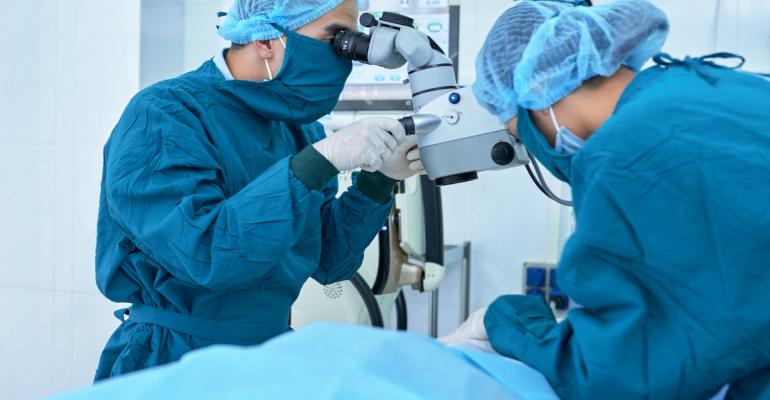Robots that can detect and classify skin cancer faster and more accurately than any dermatologist. Technology that can assess the optimum circumstances for a specific burn wound to heal. Artificial Intelligence that can assist surgeons in providing patients with the best possible aesthetic treatments. All based on real, live, personalized measurements. If this sounds like something from a James Cameron film, it’s not. It’s what artificial intelligence (Al) has made possible.
Robotic Aesthetics In The Future
Globally renowned, Professor Johan Reyneke, specialist maxillofacial and oral surgeon operating from Cape Town, explains that having the benefit of AI has unlocked avenues in surgery that would not have been possible otherwise.
“Computer-assisted treatment planning is currently called 3D visual treatment planning,” he says. “First, we obtain a three-dimensional CT scan of the facial soft tissue and bones. The images are then printed to create a 3D model. Let’s say we have a patient with a congenital dentofacial deformity (birth defect).
3D Surgery
The hard and soft tissue surgical reconstruction is planned, and the required reconstruction implant can now be made on a perfect replica of the patient’s face. During surgery, the implant is positioned in the face, and it would fit accurately.”
In addition to making surgeries safer, faster, and more accurate, AI helps to take the unpredictability out of the equation. Reyneke uses the example of a patient who has a tumor in the jaw that needs to be removed.
“We will obtain a CT scan and print a 3D model of the facial structures involved. The surgery is then ‘performed’ on the model, and the reconstructive prosthesis and cutting guides designed. When we then walk into the operating room, we conduct the surgery according to these exact ‘instructions’.
This allows us to resect the tumor and accurately reconstruct the defect, with the prosthesis specifically designed for the patient.” The future of aesthetics is mind-blowing.
Source:
Longevity

